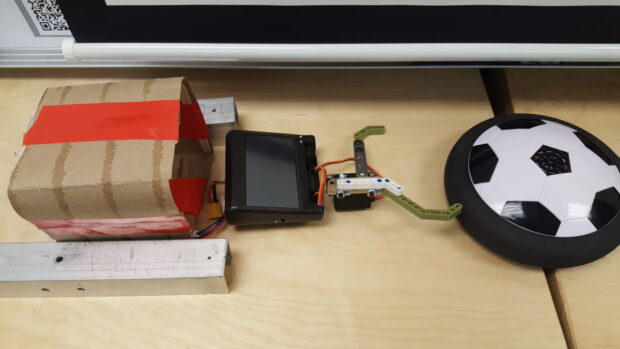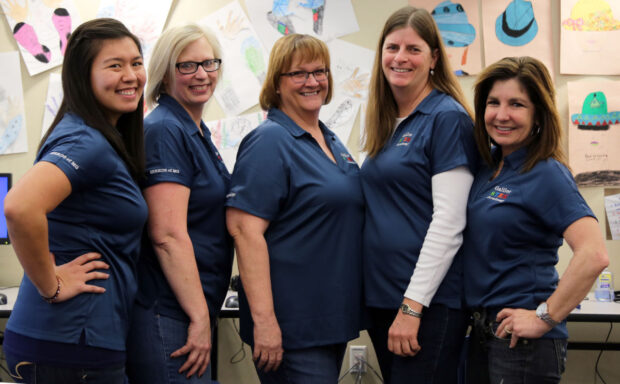EAGLE — Kellie Taylor is teaching students the challenges of putting a satellite into orbit and the meaning of microgravity.
“It’s when things seem weightless,” said Taylor, an engineering teacher at Galileo STEM Academy.
Four tables around Taylor’s classroom are full of nuts, bolts, duct tape, rubber bands, string, craft sticks, springs, bungie cords, paper clips, straws, aluminum and rubber tubing.
Taylor’s students are designing and engineering a mock satellite deployment system for NASA — a Satellite Launching Experimental Device (SLED). The SLED will be tested in April on a special microgravity floor at NASA’s Johnson Space Center in Houston, TX.
“Our team feels like true explorers venturing into the unknown looking for knowledge,” Taylor said.
Taylor’s team of four teachers, 110 second- through fifth-grade students and a NASA engineer who is mentor to the school are working to build a SLED that will mimic orbital insertion around Mars on a 2D simulated microgravity environment.
The project is part of NASA’s Microgravity University for Educators program, which Taylor applied for in December. The student-led project allows students to use the engineering design process, problem solving, critical thinking, writing and math skills.
“We are getting students to think outside the box,” said Gina Kwid, a second-grade teacher at Galileo. “These kids are getting the opportunity to work directly with NASA.”
The student design includes a claw that closes to launch the satellite. Both the satellite and SLED have magnets attached to keep the satellite with the SLED until deployment takes place. Students plan to add a sling shot component with rubber bands to increase the force at deployment of the satellite in hopes the SLED will deploy on the targeted zone. Their design will be finalized by March 10.

“It’s been tricky and challenging, but this is a great learning experience for the students,” Taylor said.
The design will be shipped to NASA this month and Taylor and her team of four teachers received an all-expense paid trip to travel to the Johnson Space Center to test the SLED in April. Students will watch the test live through a videoconference at school.


